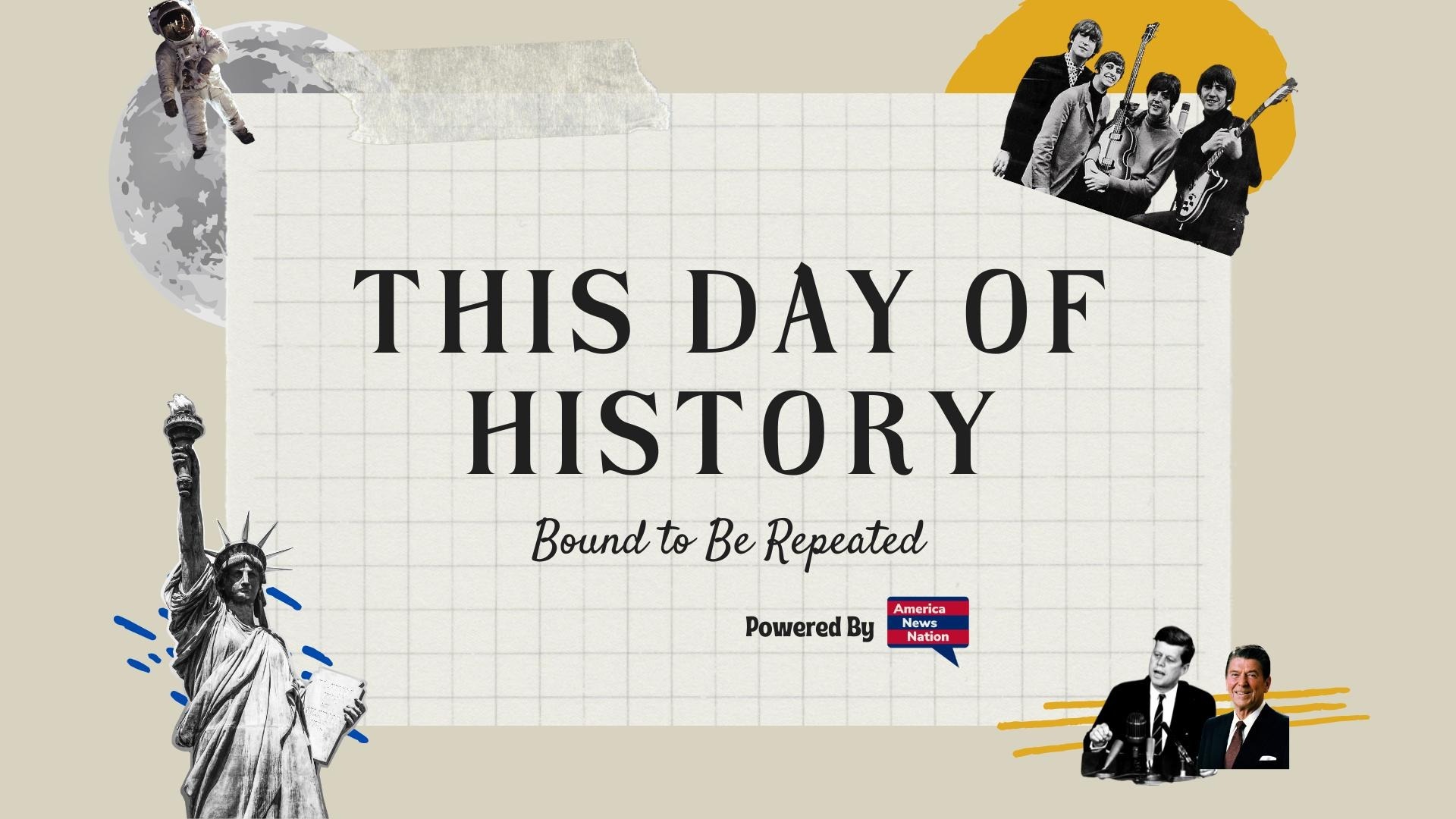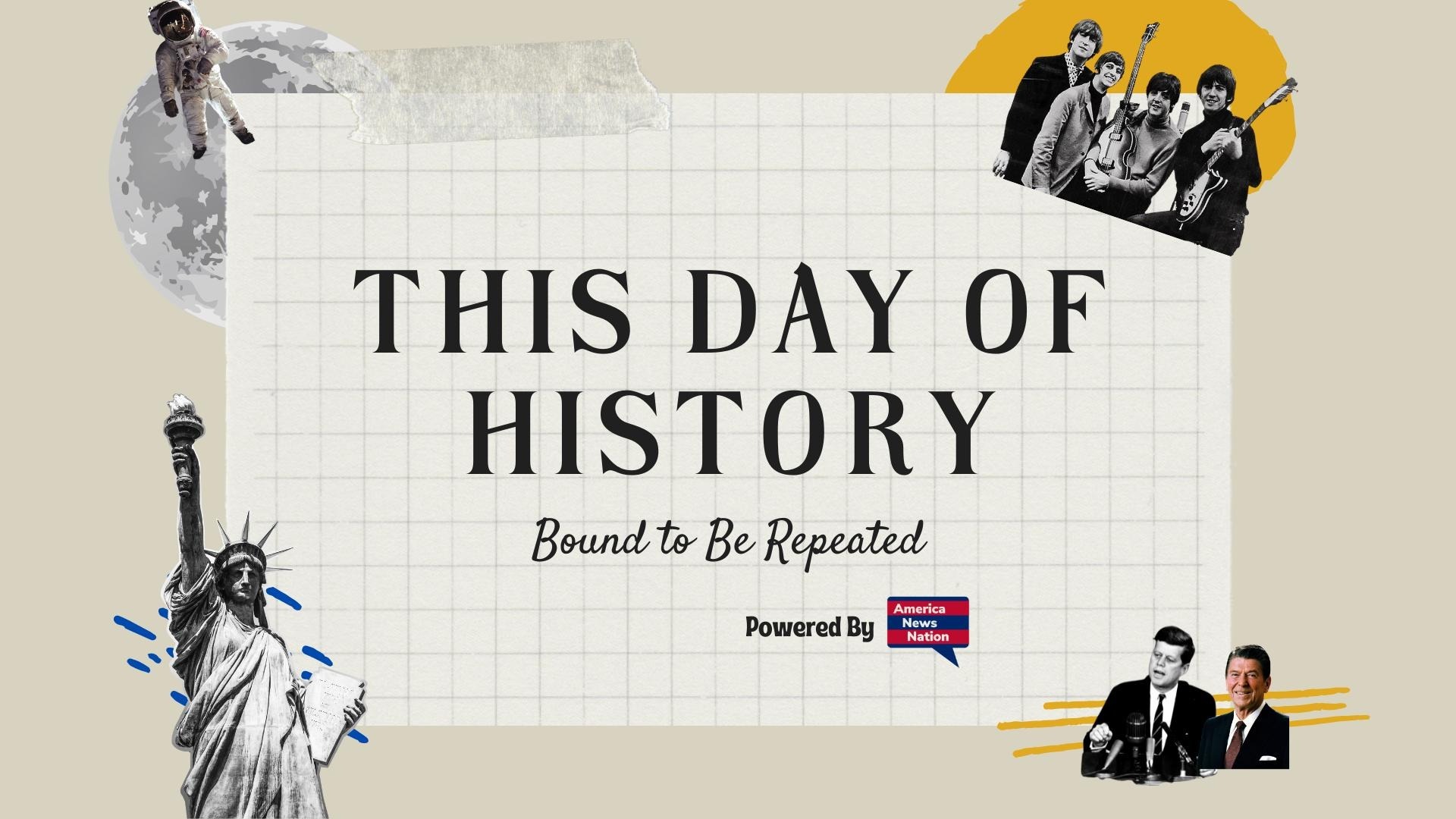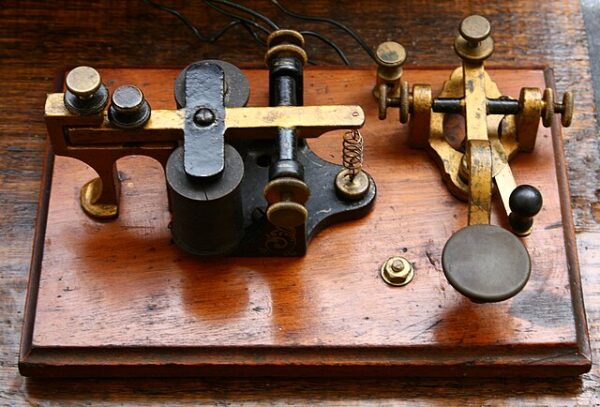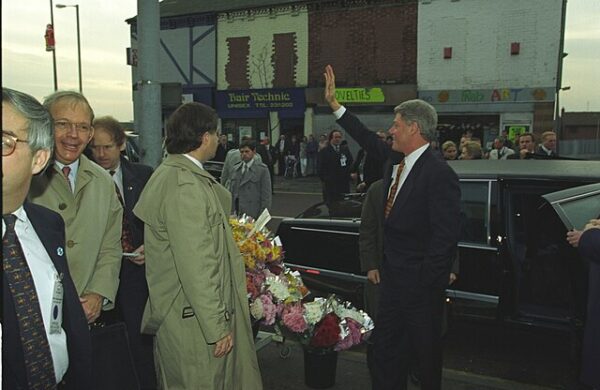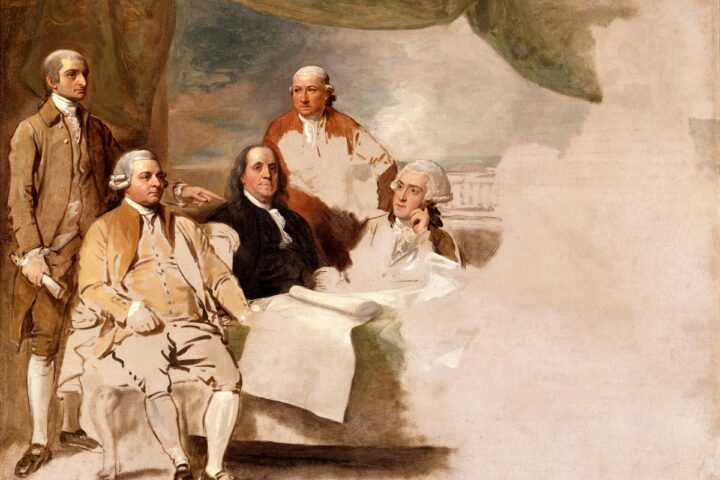On May 24, 1844, a slender copper wire running between the U.S. Capitol in Washington, D.C., and a Baltimore train depot carried more than just electrical signals—it bore the weight of a new era. At precisely 8:45 a.m., inventor Samuel F. B. Morse, seated in a committee room of the Capitol building, tapped out the now-famous biblical phrase: “What hath God wrought” (Numbers 23:23). Moments later, his assistant Alfred Vail received the message in Baltimore, confirming the success of the first commercial telegraph line in the United States.
Though modest in length—just 38 miles—the line between Washington and Baltimore represented a seismic leap forward in human communication. What had once required hours, even days, of travel by courier or rail could now be transmitted in seconds. In a single keystroke, Morse had made the world smaller, faster, and more connected. His invention, the electromagnetic telegraph, would soon bind together a sprawling, sectionalizing American republic—and, eventually, the globe.
Morse’s success was the product not only of scientific ingenuity but also of political negotiation, public skepticism, and a relentless personal crusade. A professor of art and design at New York University, Morse had no formal scientific training. His early ideas about electromagnetism were gleaned from European discoveries, including the work of André-Marie Ampère and Carl Friedrich Gauss. Yet Morse had an artist’s imagination and a reformer’s persistence. Beginning in the early 1830s, he partnered with Alfred Vail, Leonard Gale, and later Ezra Cornell (the future founder of Cornell University) to develop a working telegraph prototype and secure funding from Congress.
That funding was far from assured. Many lawmakers regarded Morse’s proposal as little more than a curiosity—an expensive novelty with dubious practical value. His request for $30,000 (roughly equivalent to $1 million today) met initial resistance in the House of Representatives. The appropriation only passed in the final hours of the 1843 congressional session, almost by accident. One congressman, having changed his vote at the last minute, later said he thought he had been voting for a “lightning road,” not a lightning message.
Once the funds were secured, construction began quickly. Morse and his team initially planned to bury telegraph wires in lead pipes along the route between the two cities, but technical difficulties forced them to adopt a simpler method: stringing the wire on poles. The system used Morse’s dot-and-dash code—a binary language that assigned sequences to each letter and number—to convert electrical impulses into readable text. Though cumbersome at first, the code proved scalable and efficient, ultimately enabling global transmission over underwater cables and transcontinental lines.
The content of Morse’s inaugural message was more than poetic flourish. “What hath God wrought,” taken from the King James Bible, was suggested by Annie Ellsworth, the young daughter of a friend and supporter in Washington. In choosing a line that evoked divine providence, Morse signaled that this was not merely a technical milestone—it was a spiritual and civilizational one. The telegraph, like the railroad and the printing press before it, would be cast in providential terms: a gift of progress, imbued with moral and national purpose.
Indeed, the implications were vast and immediate. News of political developments, market fluctuations, and military actions could now traverse great distances instantaneously. Newspapers adopted the telegraph with enthusiasm, creating the demand for what would become the Associated Press in 1846. Businessmen used it to monitor prices, place orders, and outmaneuver competitors. Governments used it to coordinate policy and control information. And for ordinary citizens, the telegraph offered a new psychological experience: the thrill—and sometimes the terror—of being connected to distant events in real time.
Yet the telegraph also raised difficult questions, many of which remain with us today. Who controlled the infrastructure? Would instantaneous communication lead to greater understanding or greater manipulation? Would it bind the country together or deepen sectional rivalries? By the 1850s, telegraph lines would snake across the Mississippi, enabling both abolitionist organizers and proslavery propagandists to spread their messages faster than ever before.
Still, on that spring day in 1844, the mood was unambiguously triumphant. For the first time in human history, a message had leapt from one city to another—not carried by horse, ship, or steam—but by an invisible electric current. As Morse put down the key, perhaps even he could not grasp the full significance of what he had done. But the world would never be the same.
What hath God wrought, indeed.
